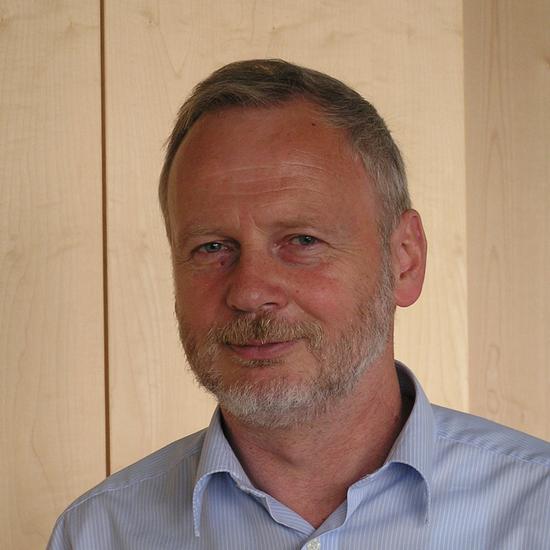Hartmut Michel is a Nobel Prize-winning biochemist best known for his work on the crystallisation and structure determination of membrane proteins — a notoriously difficult process due to the instability and flexibility of such proteins. Hartmut used photosynthetic membrane proteins to establish routes to membrane protein crystallisation.
His research explored the structure of a photosynthetic reaction centre, the central complex of proteins and pigments required for photosynthesis. This led to a better understanding of the mechanisms of photosynthesis and uncovered similarities between the process in plants and bacteria. Hartmut’s current research interests comprise the membrane protein complexes involved in bioenergetics and secondary active transporters, but also extend to the issue of biofuels and the consequences of their use for the climate and environment.
He has received numerous prizes and awards, including the highest honour awarded in German research, the Gottfried Wilhelm Leibniz Prize in 1986. In 1988, he received the Nobel Prize in Chemistry jointly with Johann Deisenhofer and Robert Huber for the structure determination of a photosynthetic reaction centre.
Subject groups
-
Molecules of Life
Biophysics and structural biology
Awards
-
Nobel Prize in Chemistry
Jointly with Johann Deisenhofer and Robert Huber for the determination of the three-dimensional structure of a photosynthetic reaction centre.

